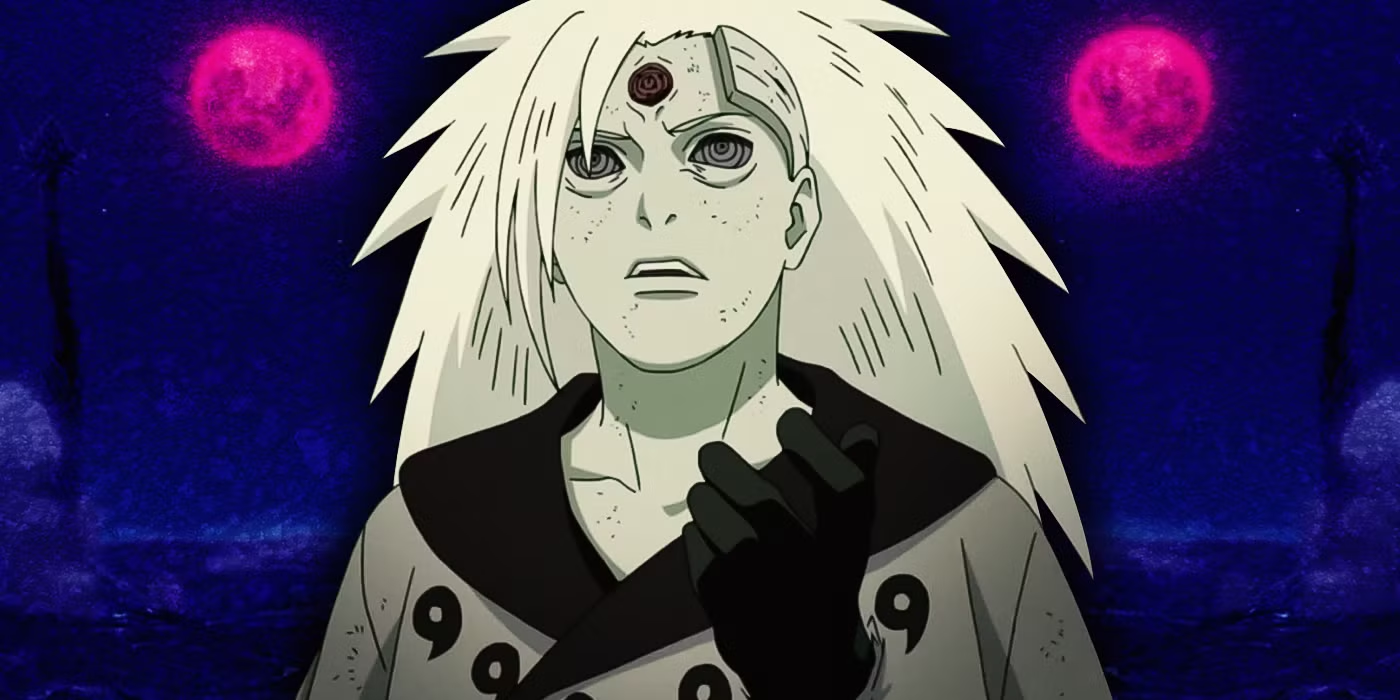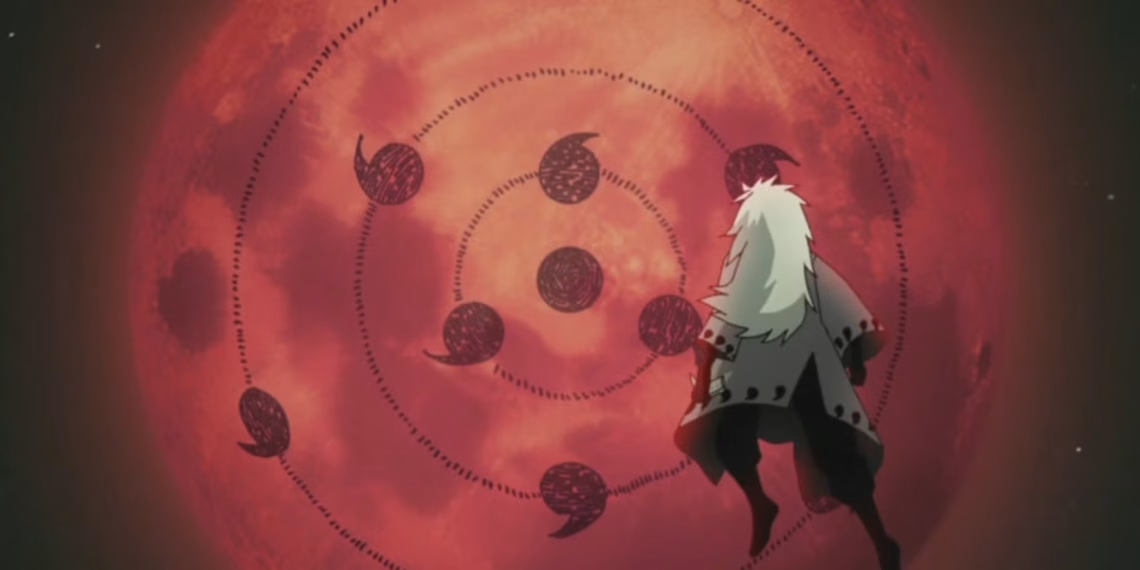Madara Uchiha was never just another power-hungry villain in Naruto—his actions stemmed from a vision of peace. He saw the world torn apart by endless wars, betrayal, and hatred, and he sought a way to end it all. His answer was the Infinite Tsukuyomi, a dream state where every human would be trapped in an illusion of their perfect world, free from suffering and conflict.
His path wasn’t driven purely by ambition but by a lifetime of pain. The loss of his brother Izuna and the betrayal of his closest ally, Hashirama, left him disillusioned with humanity. Madara came to believe that true peace was impossible as long as free will existed. By removing the ability to choose war, he saw himself as the only one capable of saving the world from its own destruction.
A Vision for a War-Free World

Madara’s ultimate goal was to create a world without violence, where no one had to suffer the agony of loss. From a young age, he had seen how war shaped people, how hatred passed from generation to generation. His answer was to strip away the one thing that caused conflict—choice. In his mind, a world controlled by an eternal dream was far kinder than the reality of bloodshed.
His plan was extreme, but it wasn’t born out of simple cruelty. He genuinely believed humanity was incapable of sustaining peace on its own. If given the choice, people would always find a way to fight, so he chose to take that choice away entirely.
Madara’s belief in the Infinite Tsukuyomi was reinforced by the pain he endured. The death of his beloved brother Izuna fueled his hatred, and his relationship with Hashirama only deepened his distrust in others. Time and time again, he witnessed the cycle of betrayal, proving to him that peace through conventional means was a fantasy.
The Uchiha clan’s “curse of hatred” only intensified his worldview. The Uchiha were known for their extreme emotions—love turned to hatred, and pain led to vengeance. Madara himself was a product of this, and rather than letting that cycle continue, he chose to break it in the most absolute way possible.
While Madara believed he was in control of his own destiny, he was, in fact, a pawn. Black Zetsu manipulated his every move, twisting his ideals to serve a hidden agenda. Madara’s pursuit of the Infinite Tsukuyomi wasn’t entirely his own—it was orchestrated to bring back Kaguya Otsutsuki, the true mastermind.
This revelation turned Madara’s dream into a tragedy. What he believed to be his grand solution for peace was nothing more than a tool in a much larger plan. His story became a cautionary tale—proof that even the strongest can be deceived when their ideals blind them to the truth.

Madara saw himself as a savior, but the Infinite Tsukuyomi was nothing short of tyranny. Taking away people’s free will, even for the sake of peace, was a path many could never accept. His vision was flawed, and while his motives stemmed from pain and loss, his solution robbed humanity of its essence.
His story is one of tragedy, idealism, and manipulation. He was a warrior who wanted peace but believed the only way to achieve it was through absolute control. In the end, Madara Uchiha’s dream wasn’t just about stopping war—it was about saving a world he had lost all hope in.




